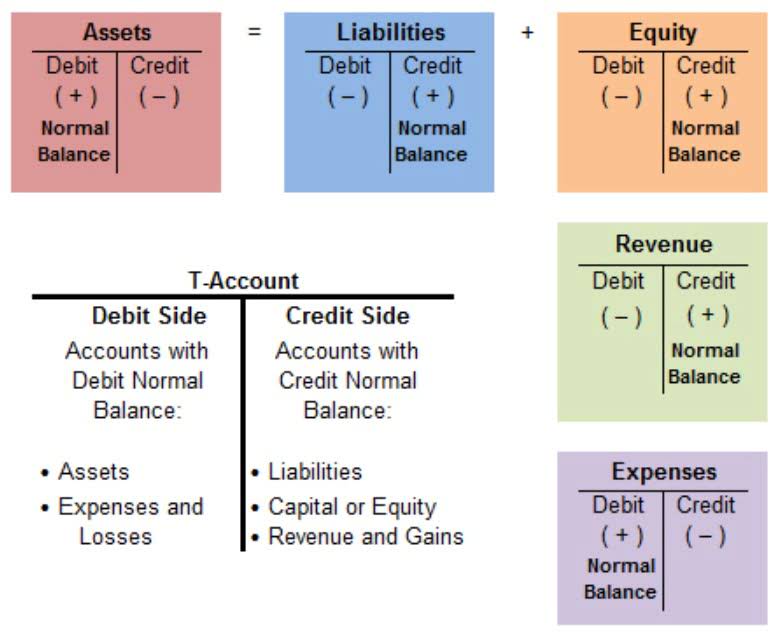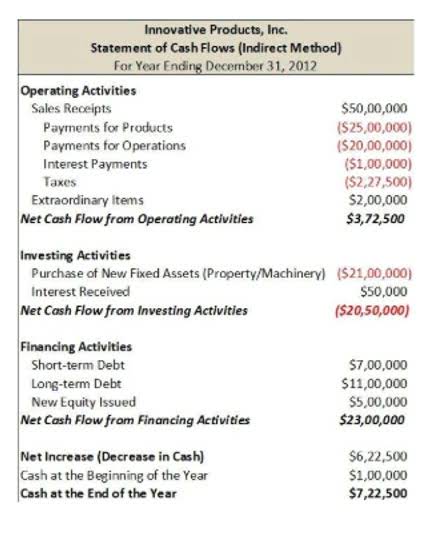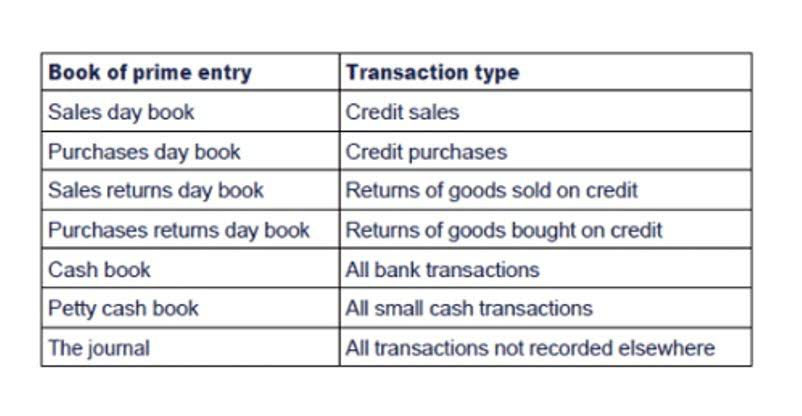
While the statement may seem daunting at first, it is relatively simple to understand with a little bit of practice. By becoming familiar with the different elements of the statement and how they relate to one another, you will be able to quickly and easily interpret the information contained within. Take our 2-minute survey to find out if outsourced accounting and bookkeeping is nonprofit cash flow statement a good fit for your organization. If there was an increase in accounts payable, there is more cash that your organization owes, but the cash has not yet left. While new information or events can lead to a change in plans in any given year, they don’t always warrant revising your annual budget. Since resource development is often ongoing, budgets may require frequent modification.
- Organizations must follow basic accounting practices when filing these statements and find ways to share these details in ways donors can understand.
- Awareness of these challenges is essential to ensure accurate financial analysis and effective decision-making.
- This reconciliation confirms the integrity of the cash flow statement and ensures consistency with the balance sheet, providing transparency and trust in the financial reporting.
- Naturally, these limited reserves restrict an organization’s efforts to manage even their day-to-day operations, let alone invest in long-term future plans.
Nonprofit Finances: A Quick Guide for Nonprofit Growth
Cash flow from financing activities – This includes activities relating to receiving money from creditors and paying back creditors. You add up these three sections to get your company’s increase or decrease in cash flow. At the top of your statement you should have a beginning balance of cash for the accounting period. Cash flow statements help users of your financials understand how you receive and use your cash.
Brief Overview of the Direct vs. Indirect Method of Reporting
Remember that the income statement is calculated with the accrual method in mind, and the cash flow statement only looks at cash inflows and outflows. Cash flow forecasting is a vital tool for nonprofit organizations, offering a proactive approach to financial management. By anticipating financial trends and potential challenges, nonprofits can navigate uncertainties more effectively and ensure the sustainability of their operations. For many nonprofit leaders, half the battle is simply giving money management the attention it requires. With so much focus on the organization’s mission, cash flow statements and balance sheets can fall by the wayside, often overlooked as a bothersome chore rather than an integral key to success.
Example Cash Flow Statement for Nonprofit Organizations

Before drafting the statement, nonprofit financial managers need to gather pertinent financial documents and identify the appropriate starting point for the statement. This foundational work ensures that the cash flow statement reflects a true and clear picture of the organization’s liquidity over the period. In the Statement of Cash Flows, financing activities reflect transactions that change the size and composition of the contributed equity and borrowings of the nonprofit. These activities include cash received from issuing debt, repayments of principal amounts borrowed, and receiving restricted funds that could affect the nonprofit’s liquidity directly. The cash flows from investing activities section details the amounts spent on purchasing capital assets and the proceeds from selling those assets. It also includes investments in marketable securities outside the normal flow of operating activities.
As a nonprofit leader, it is crucial to prioritize the understanding and utilization of the Statement of Cash Flows. Regular training and consultation with financial experts can significantly enhance your ability to use this essential tool effectively. Furthermore, adopting advanced tools and software for efficient cash flow management and forecasting can strengthen your financial operations and strategic decision-making capabilities. If you need personalized guidance or have specific questions, consider contacting Velu for further assistance.

Client Accounting + Advisory Services
It can be used to identify over/underspending compared to the inflow of cash into the organization. Some contributions designated for growing your nonprofit’s capital may also fall under your cash inflows from financing activities, particularly endowment funds. Distributions from them are categorized as cash outflows from investing activities or operating activities, depending on whether you spend them on assets or programs. By addressing these common challenges with strategic approaches and careful financial management, nonprofits can enhance the accuracy of their cash flow statements and improve their overall financial health. These practices ensure that both unusual or infrequent transactions and donor-restricted funds are managed and reported in ways that align with both accounting standards and organizational needs. The final step in drafting a comprehensive statement of cash flows using the indirect method involves including supplemental information that provides further insights into the financial activities of the nonprofit.
Brief Overview of What a Statement of Cash Flows Is
This reconciliation confirms the integrity of the cash flow statement and ensures consistency with the balance sheet, providing transparency and trust in the financial reporting. It is a critical step that verifies all cash transactions are accounted for accurately, reflecting the true financial position of the nonprofit at the end of the fiscal period. Moreover, a well-documented cash flow statement helps nonprofit managers make informed decisions about budgeting and financial planning.
Understanding Nonprofit Cash Flow Statements: A Beginners Guide
It not only ensures a clear picture of financial health but also enhances strategic decision-making capabilities. Understanding where cash comes from and where it goes can help leaders make informed decisions that align with their mission and long-term goals. By carefully analyzing financing activities, nonprofit leaders can determine the effectiveness of their fundraising efforts and debt management https://www.bookstime.com/ strategies. This insight is invaluable for ensuring long-term viability and for communicating financial health and strategy to board members, donors, and other stakeholders. If the net change in cash is positive, then that means the nonprofit is ending the period with more cash than it started with, while a negative change indicates that the nonprofit’s cash on hand has decreased.
Conclusions to Draw From a Nonprofit Statement of Cash Flows

Committing to these practices will ensure greater financial oversight, promote transparency, and propel your organization towards sustainable success and impactful outcomes. By closely monitoring the businesses operating activities in the SCF, nonprofit leaders can make informed decisions to enhance operational efficiency and ensure financial sustainability. This section not only provides a snapshot of the financial health but also serves as a guide for potential adjustments in management practices.

